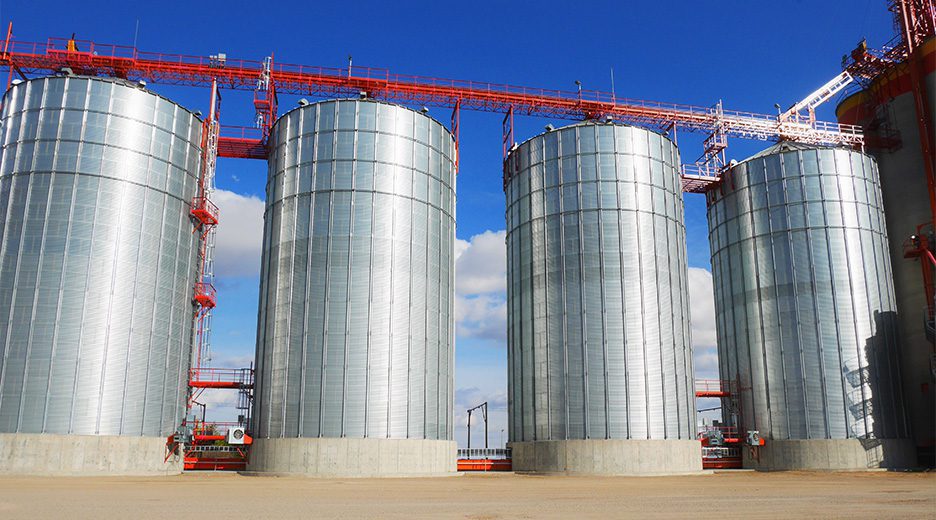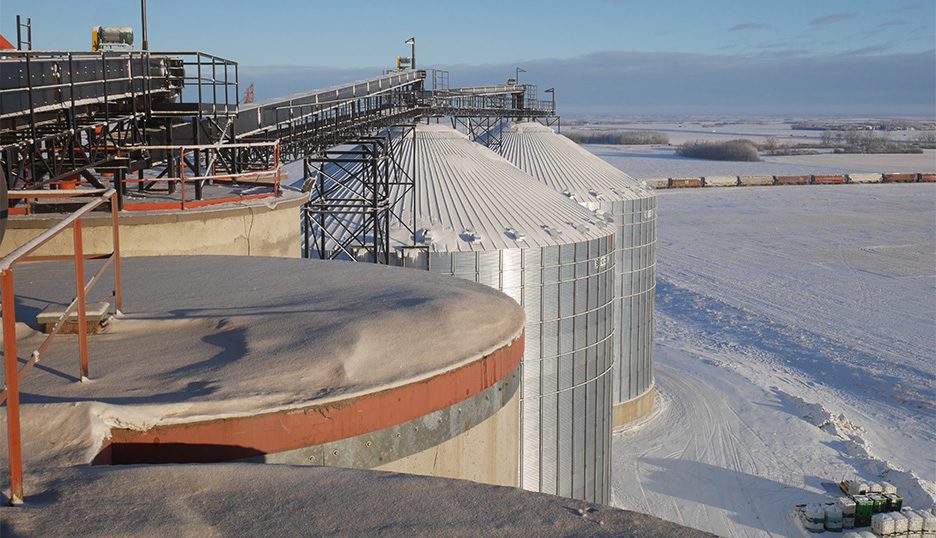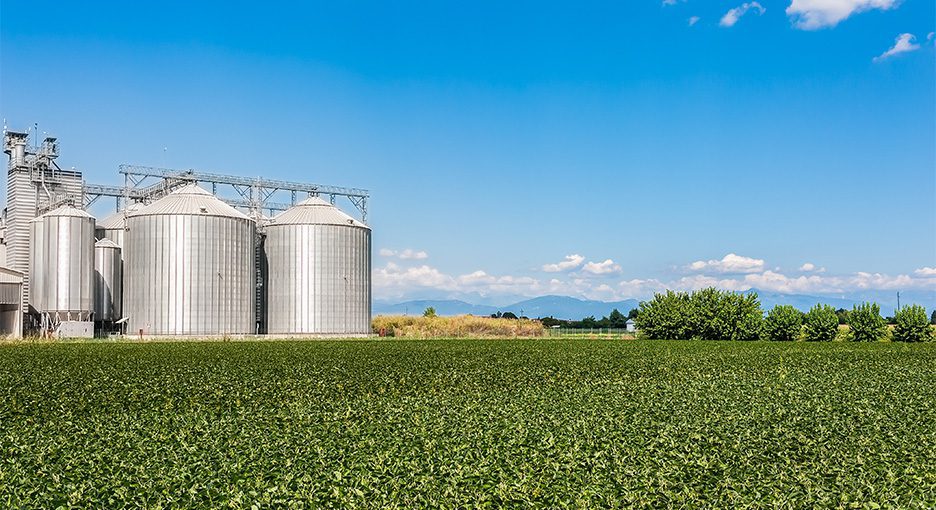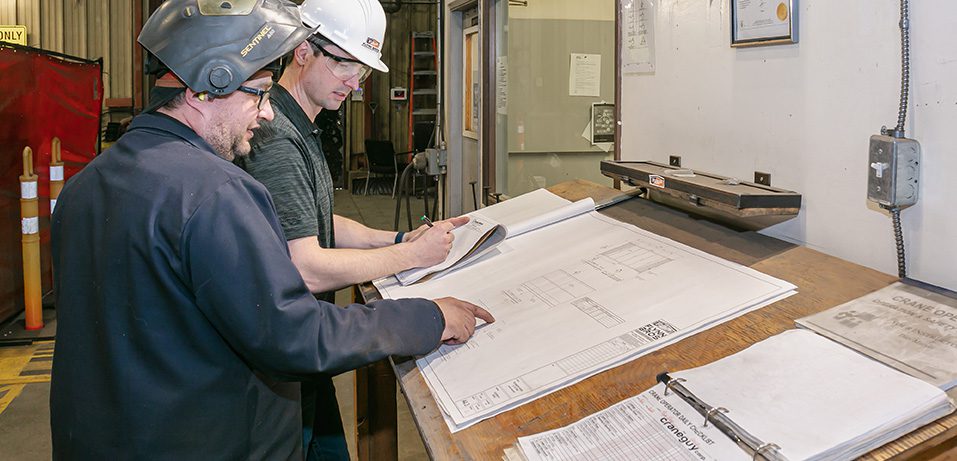Why We Need Efficient Grain Handling Systems: Maximizing Productivity for Handlers

Working with grain is an exciting business. On one hand, farming is a profession as old as time itself. On the other hand, some of the technology in rural elevators puts even the laptop you’re reading this on to shame. We’re still trying to wrap our heads around the contradiction ourselves.
To offer some perspective on why efficient grain handling systems are the cornerstone of local agricultural innovations, this blog examines their role in maintaining a competitive edge as industries like brewing and livestock evolve.
Automation and Transportation for Your Grains

A short trip down 99th Street in Edmonton will show you two ways grains are transported to the end-user from grain storage systems like those we design. Both methods lead to outstanding products, though each requires advanced storage, weighing, and packaging systems on the part of the malt distributor.
Termed “Happy Beer Street,” this industrial area is home to seven craft breweries and counting. They turn locally grown and malted grains into a tourist destination and a haven for small businesses. But how do breweries handle their grain needs at vastly differing scales?
In front of large facilities like Alley Kat Brewing and Shiddy’s Distilling, you will see towering grain silos similar to those you may see alongside the highway. Builders integrate these bulk storage systems with brewing machinery via augers. For smaller breweries like Longroof Brewing and Bent Stick Brewing, pallets of specially roasted grains are delivered in large sacks and opened manually by brewers. In both cases, delivery ultimately comes from local malting facilities such as those in Alix and Olds.
When we consult with our clients on the kind of grain handling system they require, we can tailor your handling system to tackle whichever sort of packaging and shipping system your clients require. Our expertise doesn’t end with malted grain, either—we’re equally at home working with canola, crop seed, animal feed, or any other bulk grain.
The Long-Term View of Lower Handling Costs

While feed is only one possible use of your grain storage system, let’s examine how innovations today impact local food producers.
Historically, local farmers have maintained fields surrounding their barns and pastures for feed purposes. With minimal intervention save for spring planting and harvesting, these vast acres offered a food and bedding solution for overwintering livestock. However, this tradition may soon be changing—especially for smaller operations.
Canadian Food Studies analyzed trends in family farms and discovered a “relentlessly downward” trend in how few farmers remain generation after generation. In addition, the unprecedented challenges in water and fire management, as well as the hassle and cost of maintaining adjacent fields, may change how local food producers budget for bought feed vs. self-harvested.
By improving how we handle and store grain, grain handlers lower costs and offer an increasingly viable option for farmers who want to provide high-quality feed without sacrificing their cash flow. In other words, Flynn Bros Projects pursues excellence in our field so that agricultural experts can effectively continue their life work.
Safety Measures

One of the biggest killers of small businesses is downtime, and if that downtime is caused by a workplace accident, you are not only paying in terms of lost business. You’re also paying for increased insurance premiums, equipment repairs, safety installations, and even potential lawsuits.
When we construct your grain handling system, we prioritize safety. Whether it's the hookups to transportation systems, ladder and latch integrity, or rust-proofing your structures to prevent damage from long-term exposure, an emphasis on safety translates to countless dollars saved over time.
Put simply, we handle efficient safety systems so you don’t have to budget for disasters.
Conclusion
A long-term view of working efficiency and new technology in our grain handling landscape shows us how change can often be for the better. From real-time monitoring of grain conditions to increasing capacity for quicker loading/unloading, efficiency starts with a thorough look at how you store your grain and get it to market more competitively.
To start the discussion, give us a call. It doesn’t have to be a building, a bin, an elevator, or a structural project like anything we’ve done in the past. Flynn Bros Projects are proud, innovative thinkers—if you’ve got a problem, we’re here to help you solve it.
Stay Connected with Us!
Follow us on our social media channels to get the latest updates, exclusive offers, and behind-the-scenes content. Join our community and be part of the conversation!
